As I’ve learned from my own experience, practicing pickleball alone can be a game-changer – it allows you to focus on your technique, work on your weaknesses, and improve your overall performance without relying on others. In this post, I’ll share my personal method for practicing solo drills at home, which has helped me increase my performance and confidence on the court.
From static drop feeds to shadow swings, I’ll walk you through the drills that have made a significant impact on my game, and provide you with actionable tips to incorporate them into your own practice routine. So, let’s get started and take your pickleball skills to the next level – on your own terms.
Key Takeaways:
- Improve Technique with Solo Drills: Practice solo drills like Static Drop Feed, Topspin Drive, Rolling Shot, Serve and Split Step, and Shadow Swing to improve your overall technique and performance in pickleball.
- Focus on Specific Skills: Each drill targets a specific skill, such as serves, rallies, and swings, allowing you to focus on improving individual aspects of your game.
- Develop Mental Toughness: Practicing alone requires discipline, patience, and self-motivation, helping you build mental toughness and independence on the court.
- Personalize Your Practice: Solo drills allow you to tailor your practice to your specific needs and goals, enabling you to work on your weaknesses and refine your strengths.
- Reflection and Self-Improvement: Practicing alone provides an opportunity for reflection and self-assessment, helping you identify areas for improvement and track your progress over time.
- The Surprising Pickleball Serve Rule Most Beginners Don’t Know
- Is a Heavier Pickleball Paddle Better for You? (Explained)
- Look Like a Pro: Exactly What to Wear for Pickleball in 2024
Preparing for Solo Practice
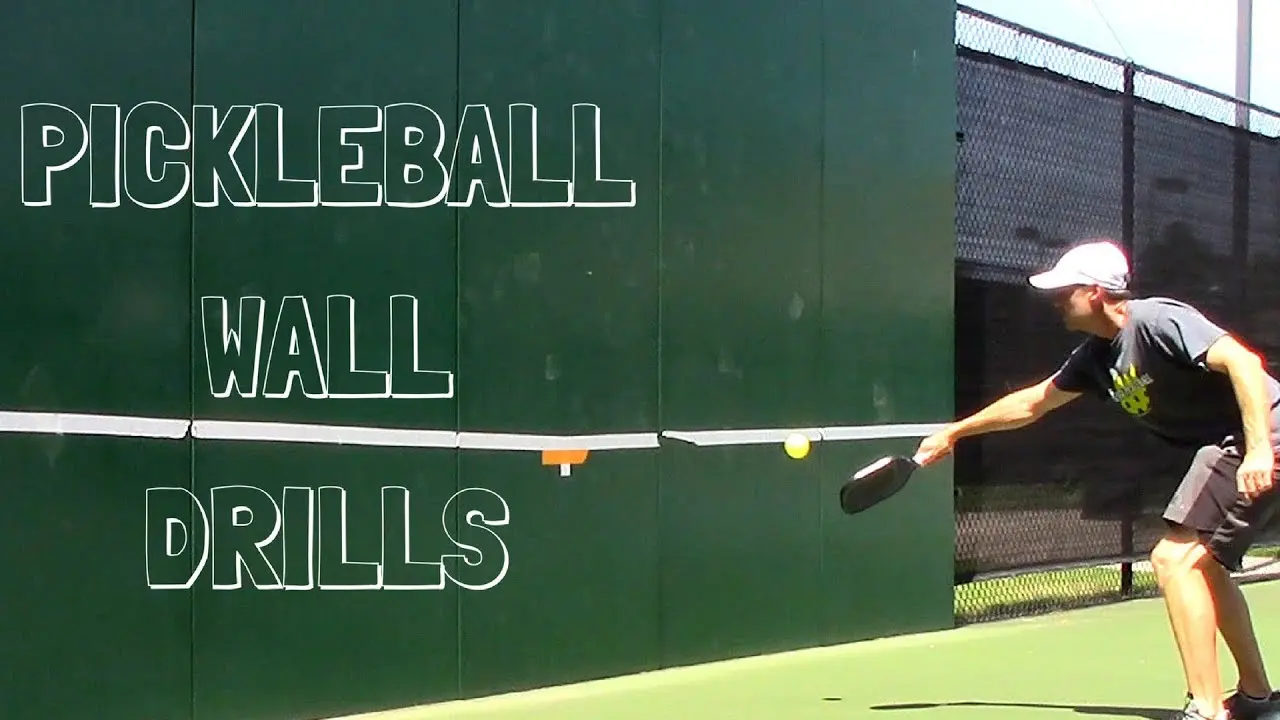
To get the most out of your solo pickleball practice, it’s imperative to set yourself up for success. In this chapter, I’ll share my personal approach to preparing for solo drills, which has helped me increase my performance and take my game to the next level.
Setting Up Your Home Court
One of the most critical aspects of solo practice is having a dedicated space to practice. I’ve found that setting up a home court, even if it’s just a makeshift one, helps me stay focused and committed to my practice routine. You don’t need a full-sized court, but a designated area with enough space to move around and hit the ball is imperative.
Make sure the surface is smooth and even, with no obstacles or hazards that could cause injury. When setting up your home court, consider the dimensions of a standard pickleball court. While you may not have the exact same space, try to replicate the layout as closely as possible.
This will help you develop muscle memory and improve your spatial awareness on the court. Use cones, tape, or other markers to define the boundaries of your court and create a sense of familiarity.
Essential Equipment for Solo Drills
Solo practice requires minimal equipment, but having the right gear can make a significant difference in your performance. For me, the most critical piece of equipment is a high-quality pickleball paddle. A good paddle can help you develop a consistent swing and improve your overall technique. In addition to a paddle, you’ll need a supply of pickleballs.
I recommend using high-quality balls that are designed for outdoor play, as they tend to be more durable and resistant to wind and weather conditions. Avoid using low-quality balls that may be prone to cracking or breaking, as they can be a safety hazard. Understanding the importance of proper equipment cannot be overstated.
Using subpar gear can not only hinder your progress but also increase the risk of injury. By investing in a good paddle and high-quality balls, you’ll be able to focus on your technique and improve your game without worrying about equipment failure.
Mastering the Basics
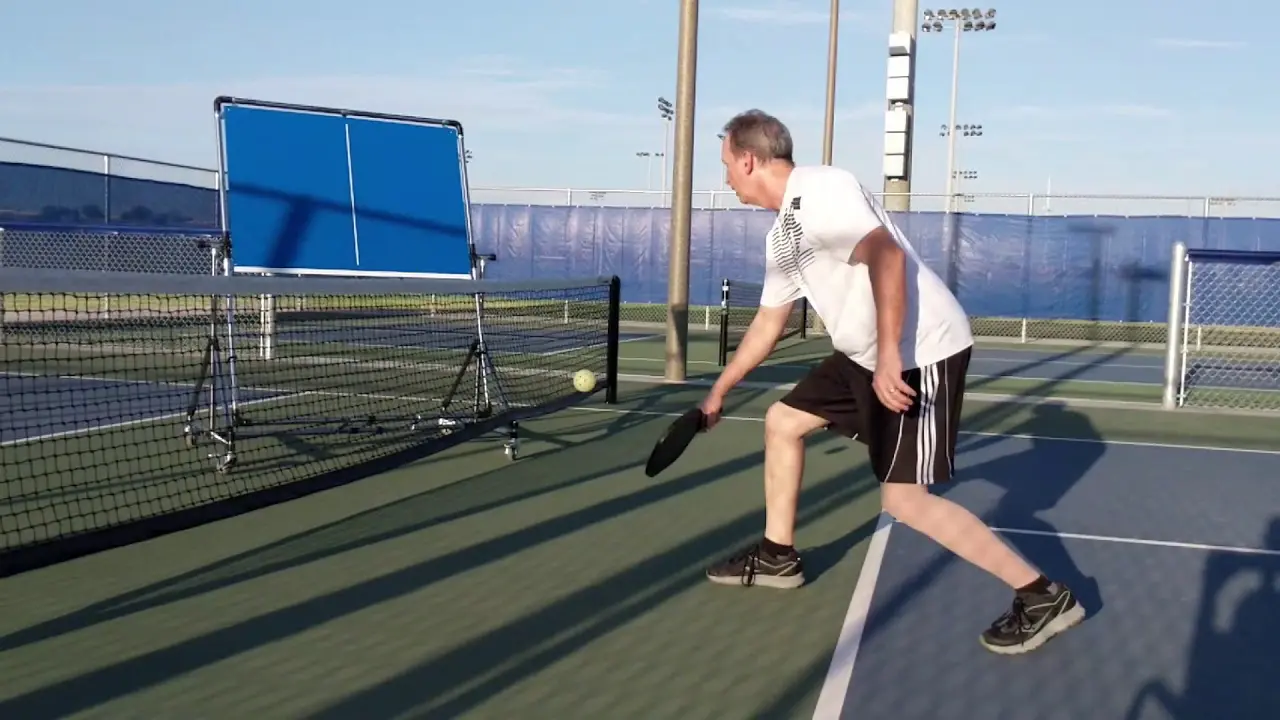
Any serious pickleball player knows that mastering the basics is necessary to improving their overall game. As someone who’s dedicated to practicing solo drills at home, I’ve found that focusing on the fundamentals has been instrumental in increasing my performance.
Static Drop Feed: Perfecting Your Forehand and Backhand
With a simple yet effective drill like the static drop feed, you can perfect your forehand and backhand strokes in no time. All you need to do is drop the ball in front of you, let it bounce once, and then hit it in the center of your paddle. This drill helps you develop muscle memory and improve your timing, allowing you to react quickly to shots during a game.
I like to do this drill repeatedly, focusing on consistency and control. By doing so, I’ve noticed a significant improvement in my ability to return serves and shots with precision and power.
Topspin Drive: Building Power and Control
Topspin drives are a crucial aspect of any pickleball player’s arsenal, and mastering this shot can make all the difference in your game. To do this drill, drop the ball in front of you, let it bounce once, and then hit it in the center of your paddle with a loose wrist. This will help you generate power and control, allowing you to place the ball exactly where you want it.
The key to this drill is to focus on using your wrist and forearm to generate topspin, rather than just relying on your arm strength. By doing so, you’ll be able to hit shots with more precision and consistency.
Drop the ball in front of you, let it bounce, and then hit it with a loose wrist – it’s that simple. Remember to keep your eye on the ball and focus on making solid contact. With consistent practice, you’ll be hitting topspin drives like a pro in no time!
- The Surprising Pickleball Serve Rule Most Beginners Don’t Know
- Where Can I Take Pickleball Lessons?
- 5 Shoulder Supports & Braces Pickleball Players Trust To Stabilize And Protect Their Shoulders
Advanced Drills for Improved Performance
All of these advanced drills are designed to take your pickleball skills to the next level. They require focus, discipline, and patience, but trust me, they’re worth it.
| Drill | Description |
|---|---|
| Static Drop Feed | Improve overall technique by dropping the ball in front of you, letting it bounce once, and hitting it in the center of your paddle. |
| Topspin Drive | Work on your serves by dropping the ball in front of you, letting it bounce once, and hitting it in the center of your paddle with a loose wrist. |
| Rolling Shot | Practice your rallies by dropping the ball in front of you just before the non-volley zone, letting it bounce once, and hitting it in the center of your paddle with a loose wrist. |
| Serve and Split Step | Master the start of every game by standing behind the baseline, making the motion of an underhand serve, and then hopping into a split step. |
| Shadow Swing | Get comfortable with swinging a pickleball paddle by firmly gripping it with a loose wrist and swinging it low to high. |
Rolling Shot: Developing Your Soft Game
For me, the Rolling Shot drill has been a game-changer. By practicing this drill, I’ve been able to develop a soft game that allows me to control the ball and outmaneuver my opponents. The key is to focus on using a loose wrist and hitting the ball in the center of your paddle. This will help you generate a soft, rolling shot that’s difficult for your opponents to return.
Keep in mind, the Rolling Shot drill is all about control and finesse. Don’t try to hit the ball too hard – instead, focus on using your wrist and paddle to generate a soft, rolling motion. With practice, you’ll be able to master this drill and take your game to the next level.
Serve and Split Step: Mastering the Serve and Return
Shot selection is critical in pickleball, and the Serve and Split Step drill is important for mastering the serve and return. By practicing this drill, you’ll be able to develop a strong serve and a quick, agile split step that will allow you to cover the court and return serves with ease.
Rolling into the split step is key – make sure to land on the balls of your feet and keep your weight evenly distributed. This will give you the agility and quickness you need to cover the court and return serves with confidence.
Shadow Swinging: The Secret to Muscle Memory
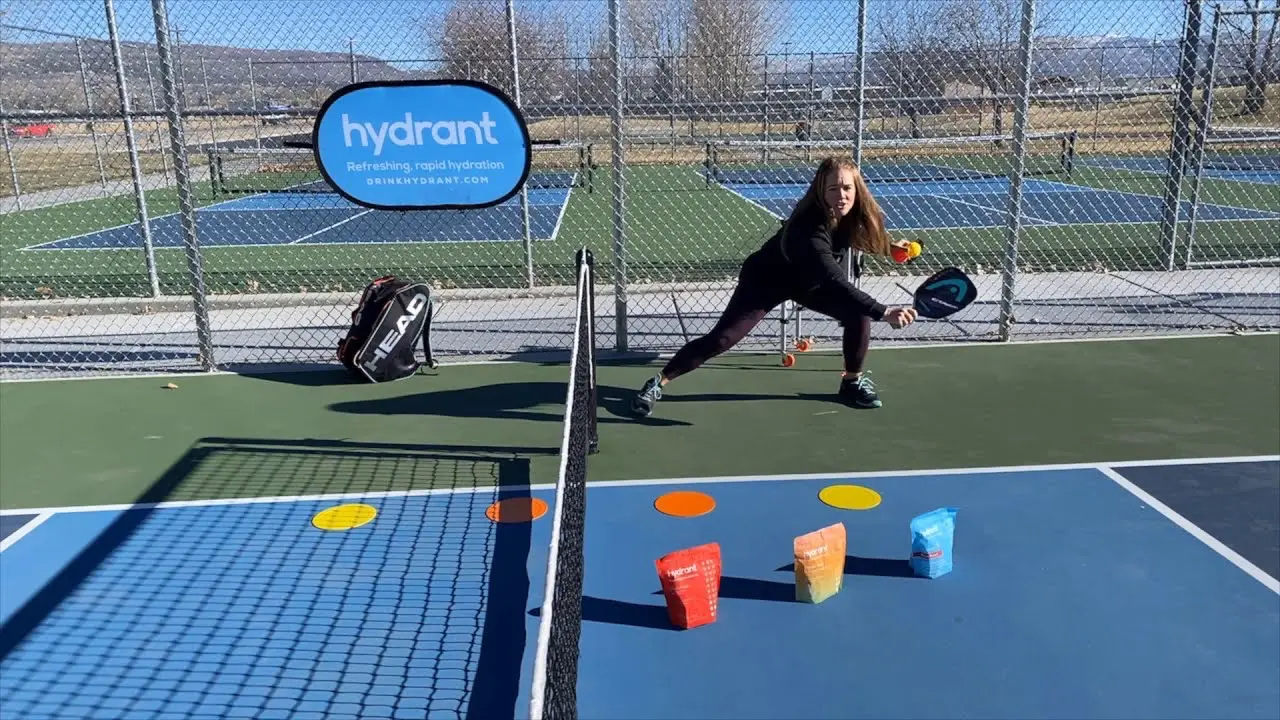
Keep in mind that muscle memory is a crucial aspect of mastering pickleball. The more you practice, the more your body adapts to the movements, and the better you become. One of the most effective ways to develop muscle memory is through shadow swinging.
Why Shadow Swinging Works
One of the primary reasons shadow swinging is so effective is that it allows you to focus on your technique without the distraction of a moving ball. By practicing your swing in isolation, you can hone in on your form, perfect your grip, and develop a consistent stroke. This, in turn, translates to improved performance on the court.
Another benefit of shadow swinging is that it reduces mental pressure. When you’re not worried about hitting a ball, you can focus on your body positioning, footwork, and overall mechanics. This relaxed state allows you to build confidence and develop a sense of fluidity in your movements.
Incorporating Shadow Swinging into Your Routine
Shadow swinging is an exercise that can be done anywhere, at any time. Whether you’re in your backyard, living room, or even office, you can whip out your paddle and start swinging. I like to incorporate shadow swinging into my daily routine, doing a few sets in the morning to get my blood flowing and loosen up my muscles.
Works best when done regularly, shadow swinging can be a game-changer for your pickleball performance. Try setting aside 10-15 minutes each day to practice your shadow swing. You can do this while watching TV, listening to music, or even during commercial breaks. The key is to make it a habit and stick to it.
- 5 Shoulder Supports & Braces Pickleball Players Trust To Stabilize And Protect Their Shoulders
- Is a Heavier Pickleball Paddle Better for You? (Explained)
- The Controversial Two-Handed Pickleball Technique Top Players Swear By
Putting it All Together: Creating a Solo Practice Routine
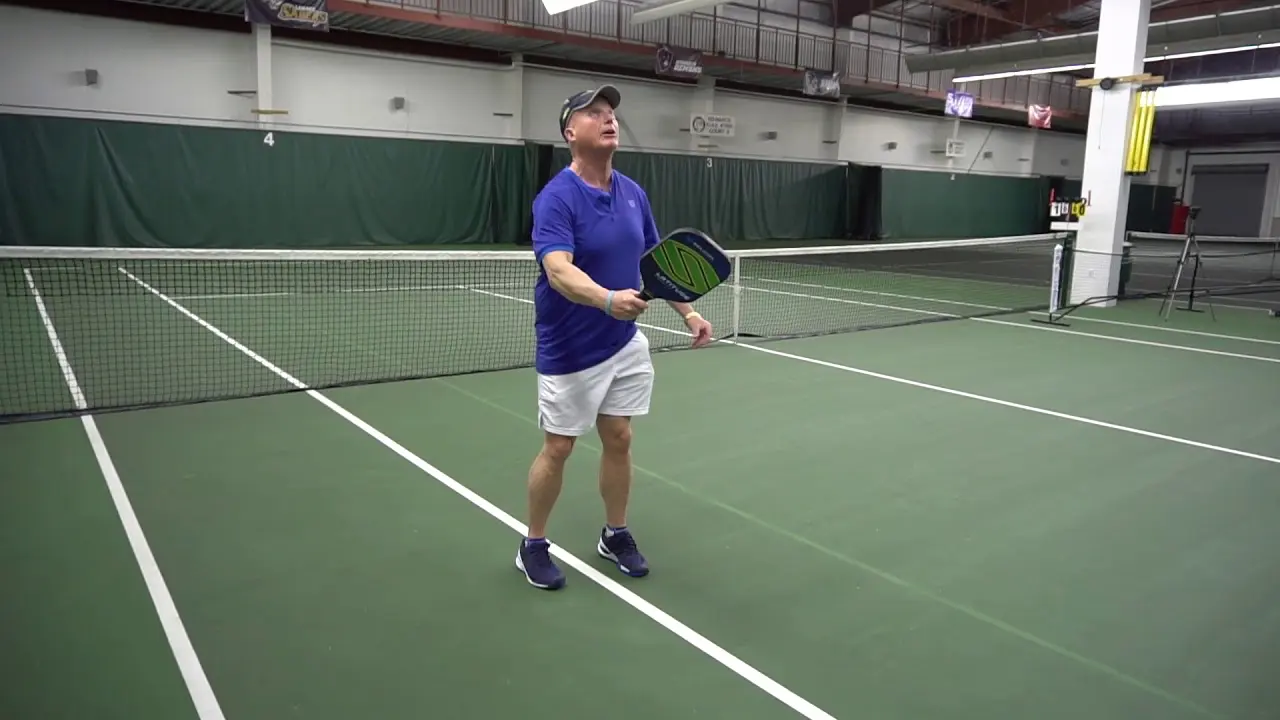
Your solo practice routine should be tailored to your specific needs and goals. By incorporating a mix of drills and exercises, you can improve your overall technique, increase your confidence, and take your game to the next level.
Sample Drills and Exercises
Solo drills and exercises are an excellent way to focus on specific aspects of your game. Here are a few examples of drills you can incorporate into your routine:
Solo drills like the Static Drop Feed, Topspin Drive, and Rolling Shot are great for improving your technique and building muscle memory. These drills can be done anywhere, but it’s best to do them on the court to get a feel for the real game. Additionally, drills like Serve and Split Step and Shadow Swing can help you work on your serves and get comfortable with swinging a pickleball paddle.
Remember to start slow and gradually increase the difficulty of the drills as you become more comfortable. It’s also important to focus on proper technique and form to avoid developing bad habits.
Tips for Staying Motivated and Focused
Staying motivated and focused is crucial when practicing solo. Here are a few tips to help you stay on track:
- Set specific goals for yourself, both short-term and long-term, to stay motivated and focused.
- Track your progress by keeping a journal or using a tracking app to monitor your improvement.
- Vary your drills to avoid boredom and prevent plateaus.
- Make it fun by listening to music or incorporating games into your practice routine.
Any consistent effort you put into your solo practice routine will yield results, so stay committed and patient, and you’ll see improvement over time.
Drills like the Topspin Drive and Rolling Shot require discipline and patience, but they’re important for improving your serves and rallies. By incorporating these drills into your routine and staying focused, you’ll be able to take your game to the next level.
Overcoming Common Challenges
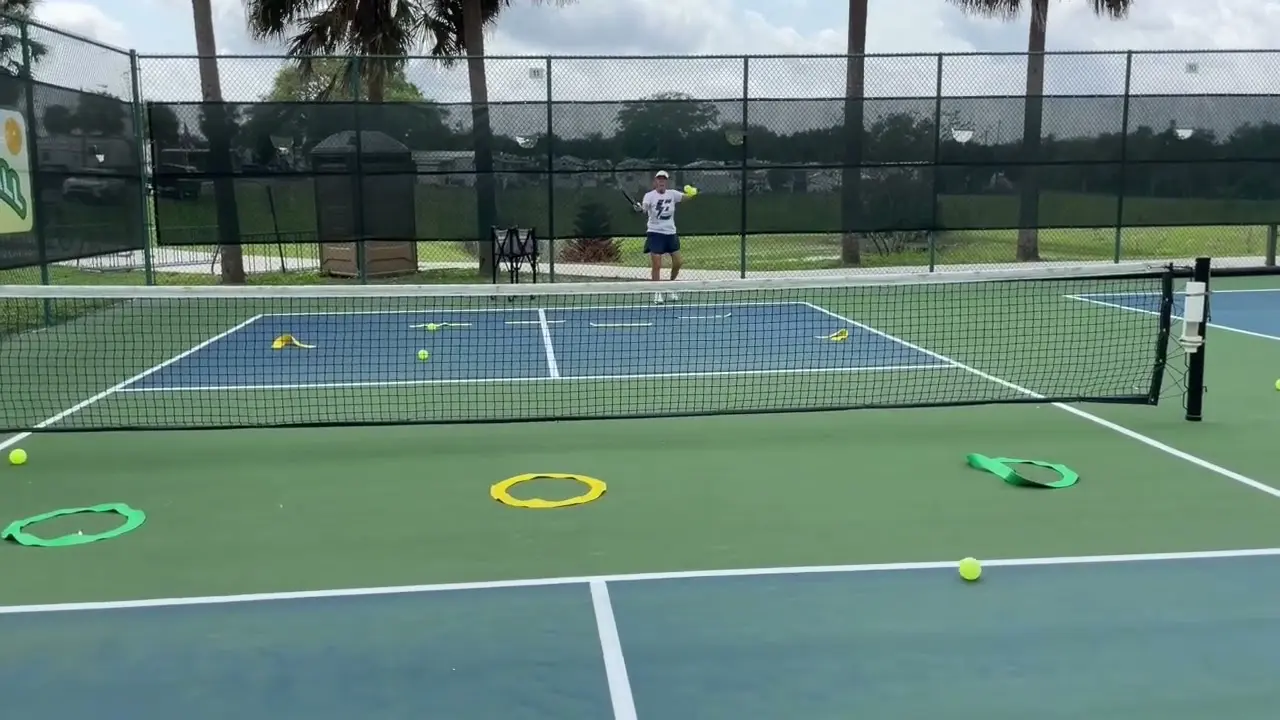
Unlike team sports, practicing pickleball alone can be a unique experience that requires a different mindset and approach. As I’ve examined deeper into solo practice, I’ve encountered several challenges that can hinder progress and motivation.
Dealing with Lack of Feedback
With no partner or coach to provide feedback, it can be tough to identify areas for improvement. When I first started practicing solo, I struggled to gauge my performance and adjust my technique accordingly. To overcome this, I began recording myself during practice sessions.
This allowed me to review my gameplay, analyze my mistakes, and make adjustments to my technique. Additionally, I set specific goals for each practice session, which helped me stay focused and motivated. By recording myself, I was able to identify subtle flaws in my technique that I wouldn’t have noticed otherwise.
For example, I realized that I was consistently hitting my forehand shots too high, which was affecting my overall accuracy. With this newfound awareness, I was able to make adjustments and improve my game.
Staying Engaged and Avoiding Burnout
Challenges arise when practicing solo, and it’s easy to get bored or demotivated. To combat this, I incorporated variety into my practice sessions. I’d switch between different drills, such as the Static Drop Feed, Topspin Drive, and Rolling Shot, to keep things interesting and prevent plateaus.
I also set aside time for reflection and self-assessment, which helped me stay connected to my goals and motivated to improve. Avoiding burnout is crucial when practicing solo. To maintain my enthusiasm, I made sure to take regular breaks, stretch, and stay hydrated.
I also rewarded myself after reaching specific milestones, which helped to boost my morale and motivation. By prioritizing self-care and variety, I was able to stay engaged and motivated, even when practicing alone.
- The Surprising Pickleball Serve Rule Most Beginners Don’t Know
- Pickleball 101: Your Ultimate Guide to Mastering the Game
- The Controversial Two-Handed Pickleball Technique Top Players Swear By
Final Words
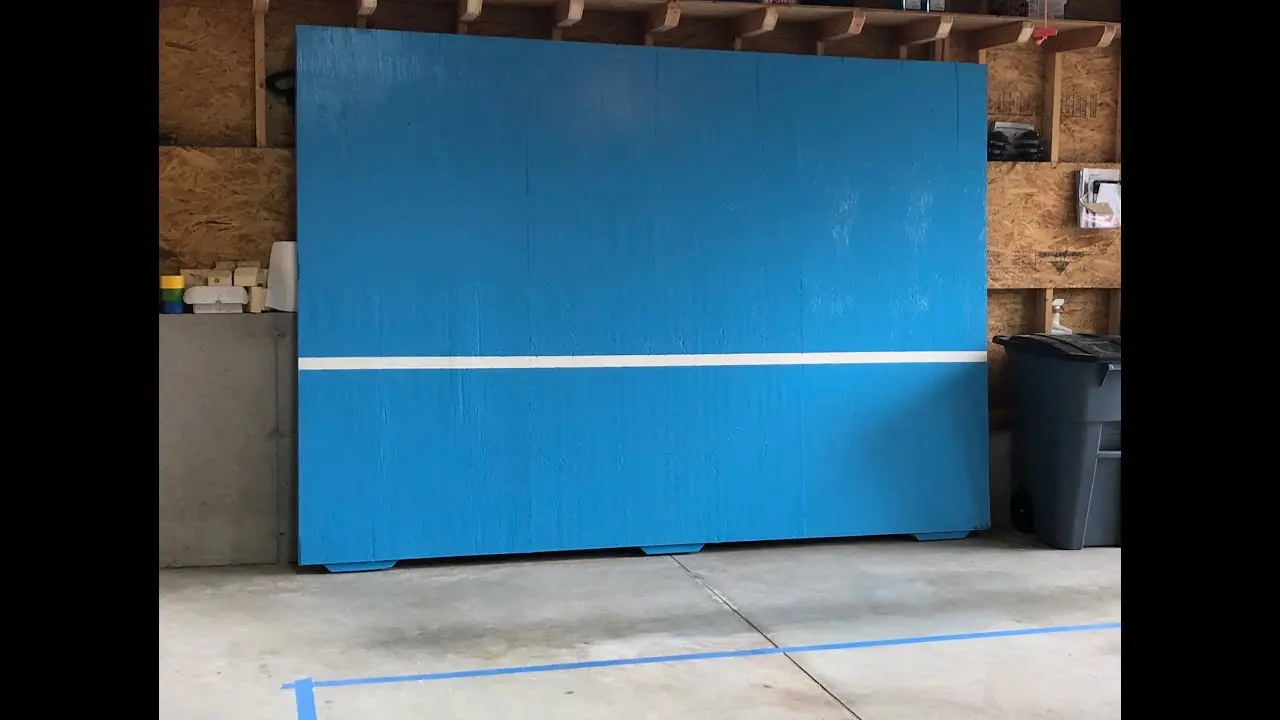
Considering all points, I’ve shared with you my personal method for increasing my performance in pickleball through solo drills practiced at home. These drills have been instrumental in my growth as a player, and I’m confident they will do the same for you. By incorporating these exercises into your routine, you’ll be able to improve your technique, serve, and overall game without relying on others. Keep in mind, the key to success lies in consistency, patience, and discipline.
As you launch on this journey of self-improvement, remember that solitude can be a powerful catalyst for growth. Focus on your weaknesses, work on your independence, and personalize your practice sessions to suit your needs. Take time to reflect on your progress, and don’t be afraid to make adjustments as needed. With persistence and dedication, you’ll be amazed at how far you can take your pickleball game. So, get out there, grab your paddle, and start practicing – your improvement awaits!
- Does LA Fitness Have Pickleball Courts? We Called 50+ Locations To Find Out
- How Old Is Lee Whitwell Pickleball
- The Complete Guide to Building a Pickleball Court on Grass
- Where Can I Demo Pickleball Paddles
- Can Pickleball Serve Hit the Net?
- The Controversial Two-Handed Pickleball Technique Top Players Swear By
- Pickleball Scramble 101: Your Guide to This Fast, Fun Variation
